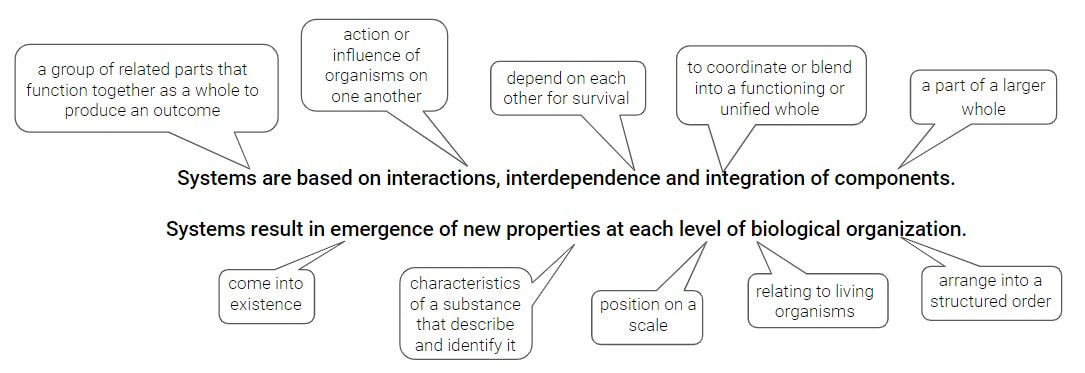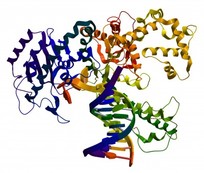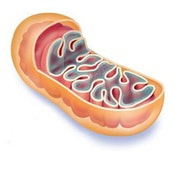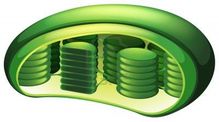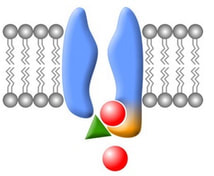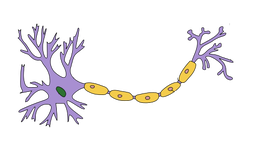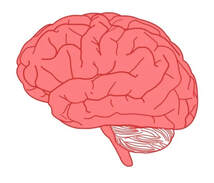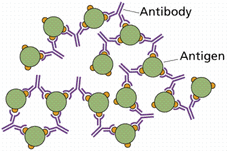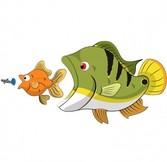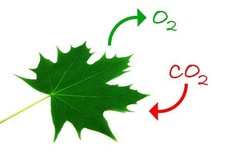THEME C: Interaction and Interdependence
The biology course is organized by theme. Both standard level (SL) students and higher level (HL) students study the four themes at four levels of biological organization (molecules, cells, organisms and ecosystems). HL students study some of these topics to greater depth.
Theme C is Interaction and Interdependence
Theme C is Interaction and Interdependence
C1: Interaction and Interdependence of Molecules
C2: Interaction and Interdependence of Cells
C3: Interaction and Interdependence of Organisms
C4: Interaction and Interdependence of Ecosystems
